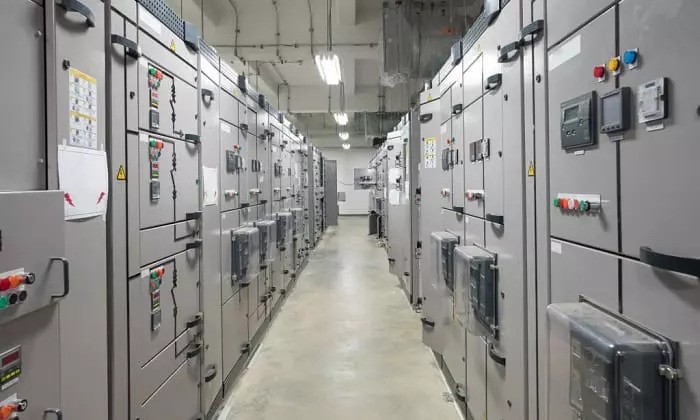In the ever-evolving landscape of electrical engineering and power distribution, switchgear plays a pivotal role in ensuring the safe and efficient operation of electrical systems. As technology advances and the demand for smarter, more sustainable solutions grows, the face of switchgear manufacturing is undergoing a profound transformation. In this blog, we will explore the key trends and innovations shaping the future of switchgear manufacturing companies and what industry stakeholders can expect.
- Digitization and Smart Switchgear:
One of the most prominent shifts in switchgear manufacturing is the integration of digital technologies. Traditional switchgear has been manually operated, but the industry is rapidly moving towards smart switchgear solutions. These intelligent systems leverage sensors, communication modules, and advanced analytics to provide real-time monitoring, predictive maintenance, and enhanced control. This not only improves the reliability of electrical networks but also contributes to more efficient energy management.
- Focus on Sustainability:
As the world grapples with the challenges of climate change, sustainability has become a top priority across industries. Switchgear manufacturers are increasingly adopting eco-friendly materials, exploring energy-efficient designs, and developing products that align with global environmental standards. The shift towards sustainable switchgear not only reduces the carbon footprint but also addresses the growing demand for greener technologies in the electrical sector.
- Rise of Gas-insulated Switchgear (GIS):
Gas-insulated switchgear (GIS) is gaining prominence as a more compact and reliable alternative to traditional air-insulated switchgear. GIS employs sulfur hexafluoride (SF6) or other insulating gases, allowing for a more efficient use of space and improved performance. The compact design is particularly beneficial in urban areas where space is at a premium. Despite environmental concerns related to SF6, ongoing research and development aim to create alternatives with lower environmental impact.
- Advanced Materials and Manufacturing Techniques:
Advancements in material science and manufacturing technologies are influencing switchgear design and production. The use of advanced materials such as composite insulators, solid-state circuit breakers, and 3D printing is becoming more prevalent. These materials enhance the overall performance, durability, and reliability of switchgear components, contributing to longer lifespans and reduced maintenance requirements.
- Increased Emphasis on Cybersecurity:
The integration of digital technologies in switchgear brings forth new challenges related to cybersecurity. As these systems become more interconnected, the risk of cyber threats rises. Switchgear manufacturers are investing in robust cybersecurity measures to safeguard critical infrastructure from potential cyber-attacks. This includes implementing secure communication protocols, encryption technologies, and continuous monitoring to detect and mitigate potential vulnerabilities.
- Global Standards and Regulations:
The switchgear industry is subject to a myriad of international standards and regulations aimed at ensuring product safety, performance, and interoperability. As technology evolves, standards are updated to reflect the latest advancements. Switchgear manufacturers must stay abreast of these changes to ensure compliance and deliver products that meet the highest quality and safety standards.





